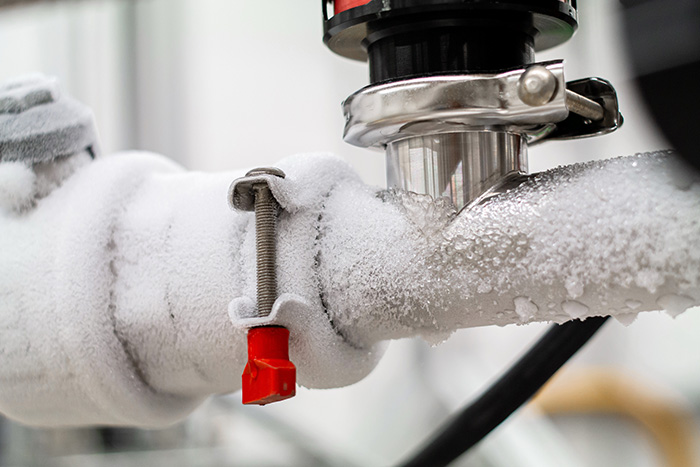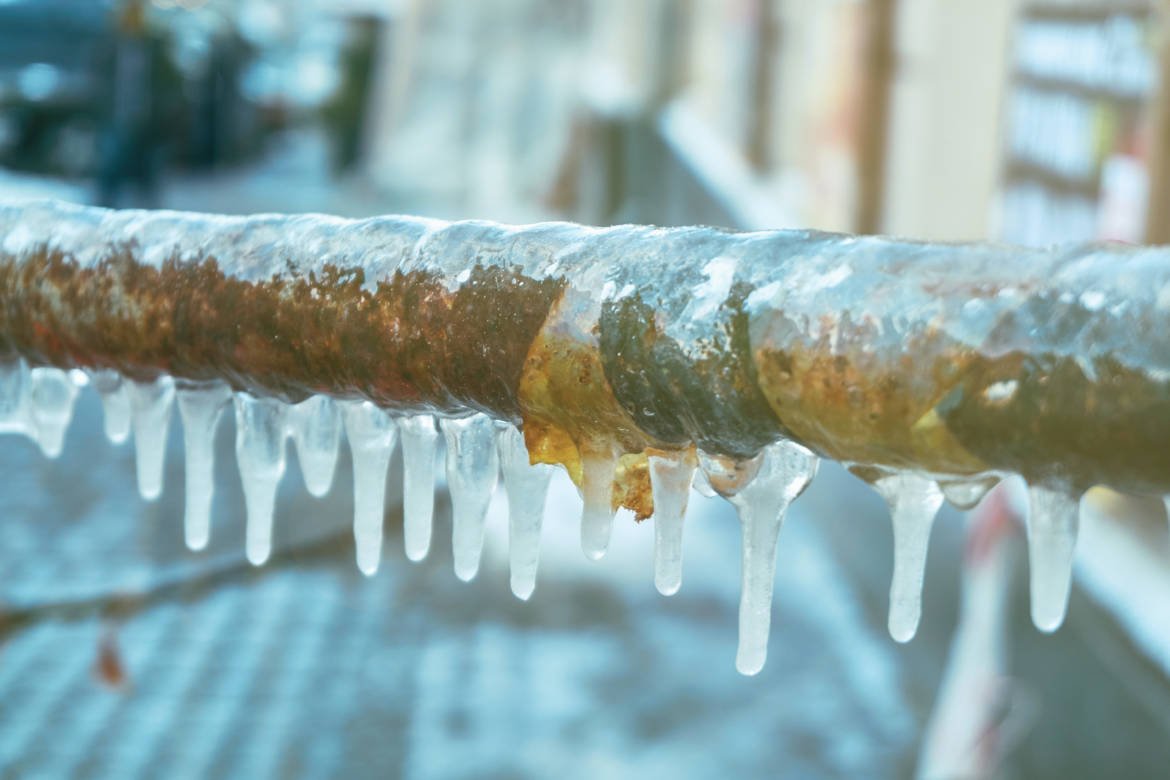What are your thoughts on Preventing and dealing with frozen pipes?

Cold weather can wreak havoc on your plumbing, especially by freezing pipelines. Here's how to avoid it from taking place and what to do if it does.
Intro
As temperature levels decline, the threat of frozen pipelines rises, potentially bring about expensive repair work and water damages. Comprehending how to stop icy pipes is critical for property owners in cool climates.
Avoidance Tips
Shielding vulnerable pipelines
Wrap pipes in insulation sleeves or make use of warmth tape to protect them from freezing temperatures. Focus on pipelines in unheated or external areas of the home.
Heating methods
Maintain indoor rooms effectively warmed, specifically areas with pipes. Open up closet doors to permit warm air to circulate around pipes under sinks.
How to identify frozen pipes
Look for decreased water flow from faucets, uncommon smells or sounds from pipelines, and noticeable frost on subjected pipes.
Long-Term Solutions
Structural adjustments
Consider rerouting pipelines far from exterior walls or unheated locations. Include added insulation to attics, basements, and crawl spaces.
Upgrading insulation
Purchase top notch insulation for pipelines, attics, and walls. Correct insulation helps keep constant temperature levels and decreases the threat of frozen pipelines.
Protecting Outside Pipes
Garden tubes and outdoor taps
Separate and drain pipes yard tubes prior to wintertime. Mount frost-proof faucets or cover outdoor taps with shielded caps.
Comprehending Icy Pipelines
What triggers pipes to ice up?
Pipelines freeze when revealed to temperatures listed below 32 ° F (0 ° C) for prolonged durations. As water inside the pipelines ices up, it increases, taxing the pipeline walls and potentially creating them to break.
Threats and problems
Frozen pipes can bring about water disruptions, residential or commercial property damage, and costly repair work. Ruptured pipelines can flood homes and trigger considerable structural damages.
Signs of Frozen Pipes
Identifying frozen pipes early can stop them from bursting.
What to Do If Your Pipes Freeze
Immediate activities to take
If you suspect icy pipes, keep faucets open to ease pressure as the ice melts. Utilize a hairdryer or towels soaked in hot water to thaw pipes gradually.
Final thought
Avoiding icy pipes requires aggressive actions and fast reactions. By understanding the reasons, signs, and safety nets, property owners can shield their plumbing during cold weather.
5 Ways to Prevent Frozen Pipes
Drain Outdoor Faucets and Disconnect Hoses
First, close the shut-off valve that controls the flow of water in the pipe to your outdoor faucet. Then, head outside to disconnect and drain your hose and open the outdoor faucet to allow the water to completely drain out of the line. Turn off the faucet when done. Finally, head back to the shut-off valve and drain the remaining water inside the pipe into a bucket or container. Additionally, if you have a home irrigation system, you should consider hiring an expert to clear the system of water each year.
Insulate Pipes
One of the best and most cost-effective methods for preventing frozen water pipes is to wrap your pipes with insulation. This is especially important for areas in your home that aren’t exposed to heat, such as an attic. We suggest using foam sleeves, which can typically be found at your local hardware store.
Keep Heat Running at 65
Your pipes are located inside your walls, and the temperature there is much colder than the rest of the house. To prevent your pipes from freezing, The Insurance Information Institute suggests that you keep your home heated to at least 65 degrees, even when traveling. You may want to invest in smart devices that can keep an eye on the temperature in your home while you’re away.
Leave Water Dripping
Moving water — even a small trickle — can prevent ice from forming inside your pipes. When freezing temps are imminent, start a drip of water from all faucets that serve exposed pipes. Leaving a few faucets running will also help relieve pressure inside the pipes and help prevent a rupture if the water inside freezes.
Open Cupboard Doors
Warm your kitchen and bathroom pipes by opening cupboards and vanities. You should also leave your interior doors ajar to help warm air circulate evenly throughout your home.

Do you really like reading up on Preventing and dealing with frozen pipes? Try leaving a remark directly below. We will be happy to hear your views about this blog entry. We are looking forward to see you back again soon. Kindly take the time to distribute this blog post if you enjoyed it. We enjoy reading our article about How to Prevent Your Pipes From Freezing.
Click Here